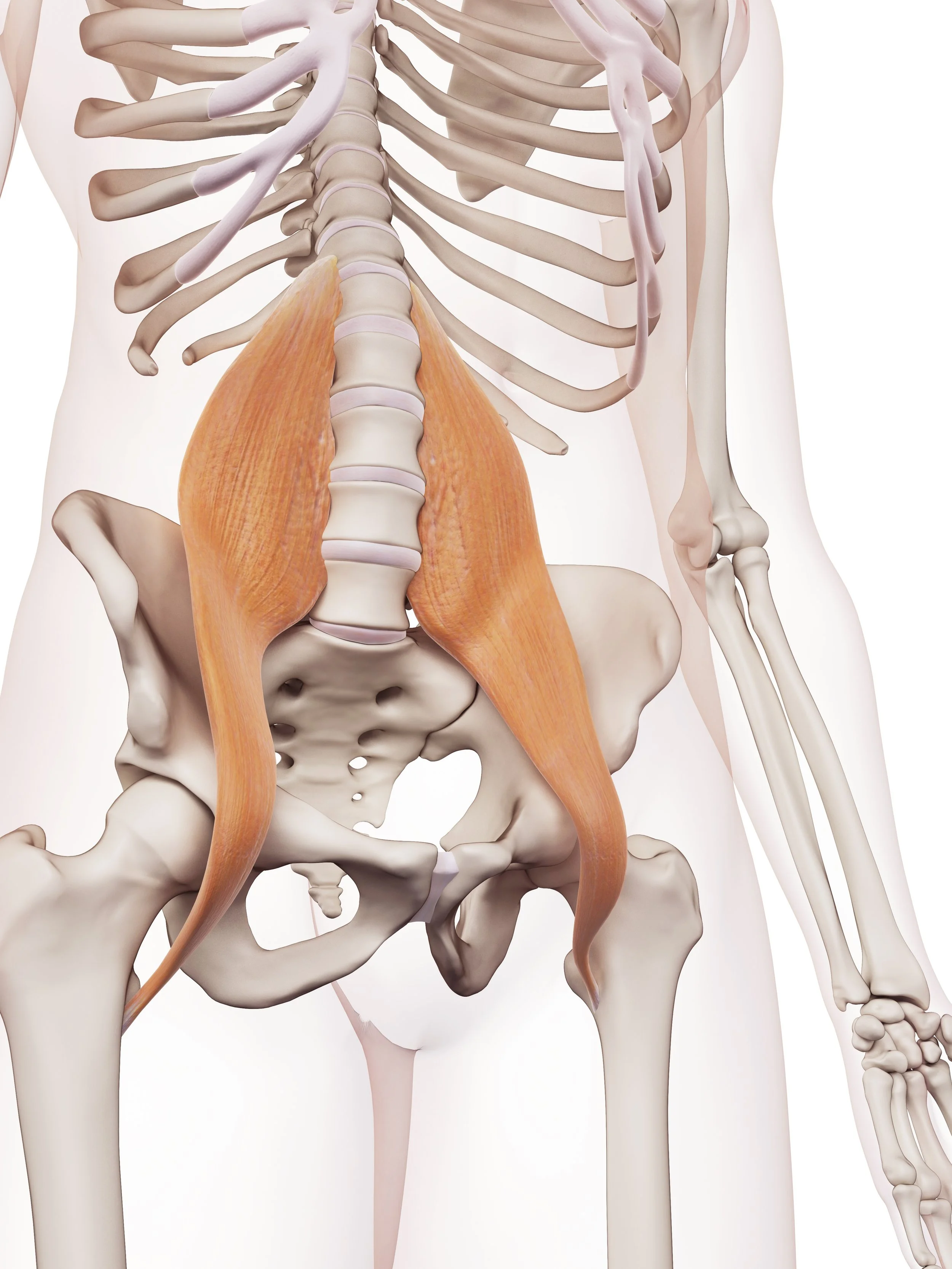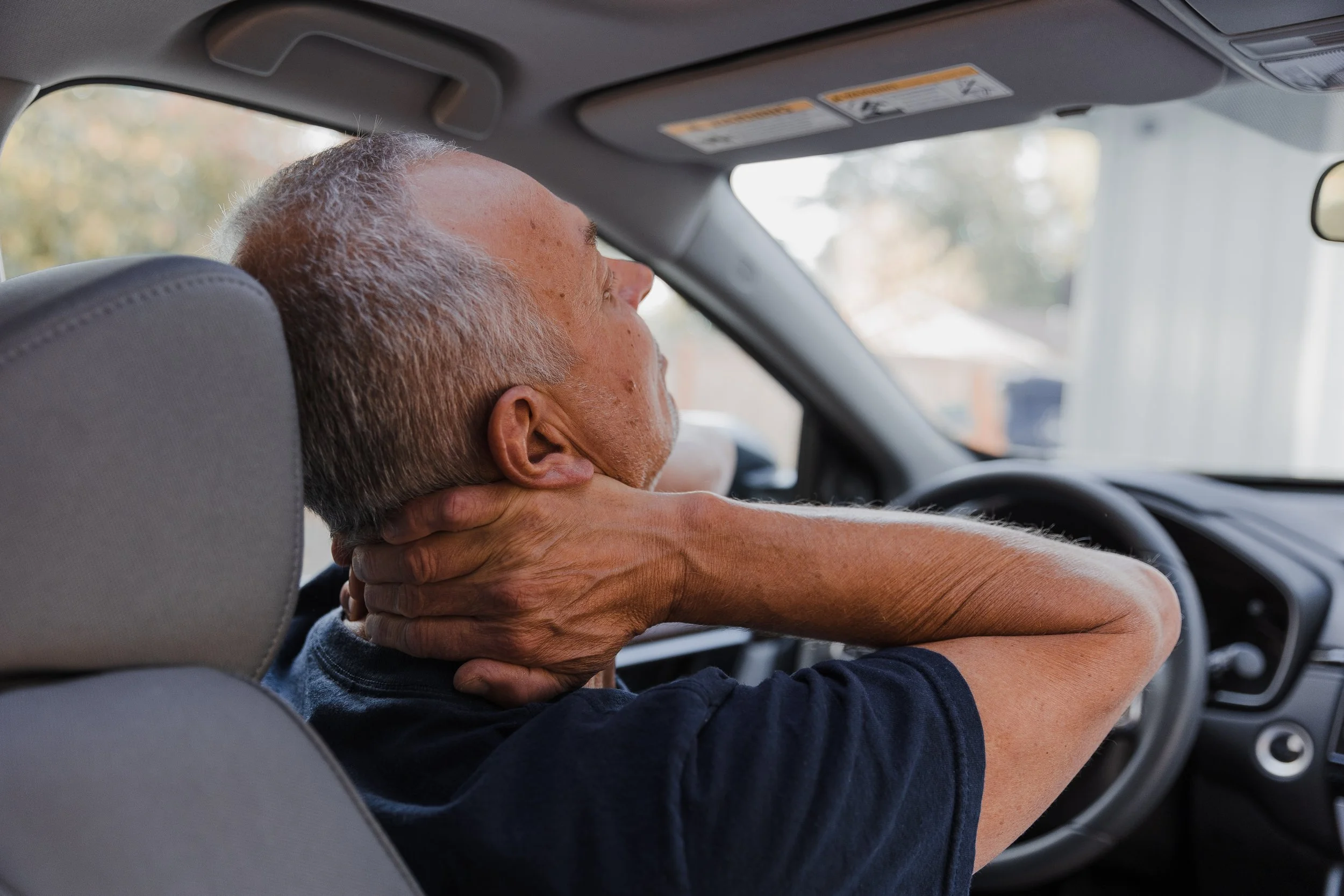On the long list of items to write about was a clarification of disc pathologies. The term “disc” alone creates sweaty palms in many patients since few understand the spectrum of spinal disc disorders and their clinical significance (and at times lack thereof). It has been relegated to the bottom of the list until now since the topic will have to spread over several blog entries.
First the anatomy: the disc is really an amazing design that allows us to live as bipeds in gravity and with flexibility. It is called a “hydrostatic system”, which means there is an interior gel like component, (the disc nucleus) that is highly hydrated, as well as an outside scaffold of interwoven ligament layers crisscrossing for strength and resiliency to injury. The inside gel resists gravity forces because it is contained in its strong ligamentous wall; at the same time , it can change shape enough during movement to give each spinal segment a certain range of motion, which when combined together, gives you the global range of a spinal region.
An important detail of the anatomy of the disc is the fact that it is bordered by the body of the vertebra above and below, and some disc injury happen at that site (Schmorl’s nodes when the nucleus gel “cracks” into the body of the vertebra during high top down forces). Equally important is the fact that the outside ligamentous shell attaches very strongly to the outside rim of the vertebra above and below. This disc as a whole cannot “slip”: the “slip” terminology is a lay term and imagery, but the anatomical reality involves the disc nucleus gel to breach through and protrude through the ligamentous shells to various extent and degrees of severity.
Another important detail of disc anatomy is the fact that the outside ligamentous scaffold has areas of relative vulnerability at a 45 degree angle posterior lateral, where the shell can be more easily breached, leading to some displacement of the gel nucleus and possible bulging or herniation. Incidentally that is also the anatomical area where the disc is in closest proximity with the exiting spinal nerve of that segment, and the reason that a disc herniation can cause pain to radiate into the leg, along the path of the compressed nerved. The area of vulnerability is more exposed to breach when the spine is loaded with a weight, in flexion (exposing the posterior shell to increased stress), and when the spine is rotated ( the diagonal crisscrossing of the ligaments is less resistant to tear during rotation). That the classic description of an acute disc injury when someone is bent forward, twisting and lifting at the same time.
The types of injuries and pathologies of the disc are quite varied. While in laymen’s term a patient will often describe “something wrong with a disc”, health care providers need to be more specific to understand what exactly is happening to a disc.
How do disc problems develop?
TO simplify things I would say that there are two main mechanisms by which you can develop a disc pathology:
Acute disc injury: the typical lift/bend/twist injury, the fall, the hit etc… These injuries definitely occur and patients are very clear on the onset of the problem as a defined event. Remember that the discs are attached to the vertebra above and below via the margin of the ligamentous shell, so the disc injury always happens in the context of a traumatic injury to the entire complex of the two vertebrae framing the disc in question, which is why chiropractic intervention can be so effective in acute disc injuries by addressing the proper alignment of one vertebra in relationship to the other
Chronic mechanical abnormal load and stress on the disc, leading to repetitive straining of the disc ligament over time. This is probably the more common cause of disc injury. Often patient report a sudden onset of acute pain, but when you question them further, they will actually describe a rather chronic situation of constant discomfort, stiffness in the morning, soreness after work, not severe enough to seek care but still noticeable. The sudden onset of acute pain is the proverbial “last drop in the bucket” of a progressive problem. Chronic mechanical stress loading of the disc is secondary to other issues: chronic poor posture and abnormal spinal alignment, repetitive strain activities, abnormal core strength, poor muscular balance and flexibility.
What then happens to the disc structure?
In order to answer that question it is helpful to understand certain terms that describe disc pathologies.
A disc bulge: the posterior ligamentous shell of the disc is bowing out, protruding beyond its normal margin. Bulges can be acute and traumatic, when the trauma causes the gel to partially stretch or tear the inside of the shell but not to the extend of breaching through. However, the MAJORITY OF DISC BULGING IS NOT TRAUMATIC, BUT AN INDICATION OF GRADUAL DETERIORATION OF THE DISC OVER TIME. This is an area of great confusion for patients. Besides the patient history, plain films can give you a clue by showing some relative loss of disc height, and MRI imaging can more definitely confirm the source of a bulge: the slowing deteriorating inside gel “dehydrates” ( basically dries up), causing the two vertebrae to approximate and the ligamentous shell to bow out.
A disc HERNIATION: the inside gel breaches through the posterior shell. That phenomenon alone can be quite painful locally. Depending upon the exact location of the disc gel fragment, it may or may not come in contact with a neurological tissue such as a spinal nerve going down the leg. Herniations are more often the result of an injury, although they can become chronic or recurrent as well, and often start combining with degeneration and dehydration over time. Acute herniations are associated with a lot of swelling, inflammation and sometime local bleeding.
A disc EXTRUSION: that is basically a herniation that is severe enough that the nucleus gel fragment completely separates from the rest of the disc and lodges somewhere in the spinal canal. One hallmark of the EXTRUSION is that the patient will often have less low back pain and more leg pain or arm pain that is no longer worsened or relieved by position and movement. Paradoxically, extruded disc fragments tend to resorb well over time, since the body’s immune system will be activated by the associated bleeding to come and dissolve the piece of dislodged tissue
A disc TEAR: often called an annular tear. The annulus is the outermost part of the ligamentous shell. A damage to the disc ligament can happen without concurrent shifting of the gel nucleus. The annular TEAR is usually traumatic, very pain generating, and can be seen on MRIs as a area of high intensity white signal on the outside of the disc. They can be really tricky to treat.
How do you treat disc problems ?
It is really important to understand that everyone’s disc problem is different and there is no single, one-size-fits all method. It has also been my experience that most folks who present with disc related symptoms really have a chronic problem that hit the proverbial “last drop in the bucket”. The disc herniation is really a long standing process of abnormal mechanics, postural and muscular imbalances that lead to failure of the disc ligamentous shell over time. So, you need some patience and a little detective work to reverse engineer some of those issues.









